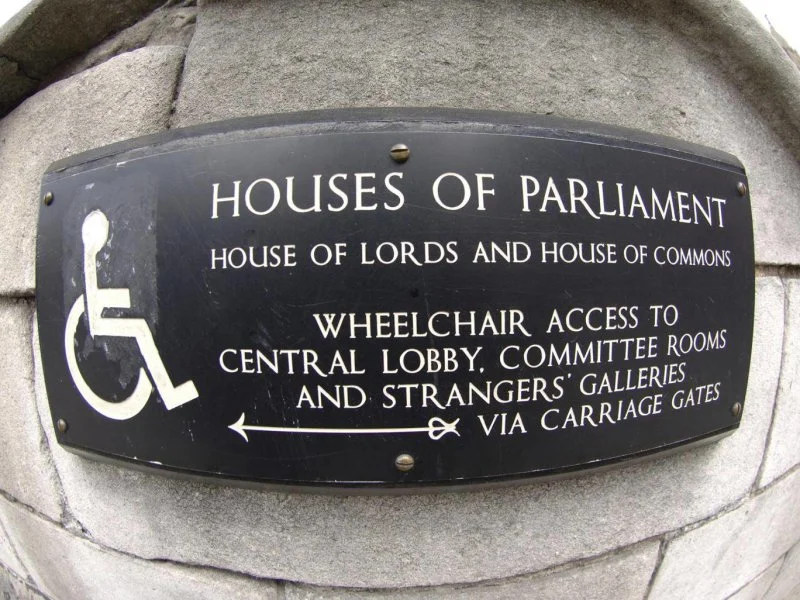Binance Pulse | BNB Price Trends
Binance Pulse | BNB Price Trends
31,000 customers without power. That’s the headline. But let's dissect the data, shall we? The Los Angeles Department of Water and Power (LADWP) reported an outage affecting areas including Mid-Wilshire, Koreatown, Leimert Park, and Baldwin Hills this past Saturday. The outage hit at 12:55 p.m., and power was fully restored by 1:30 p.m. A 35-minute disruption.
Now, I've seen quarterly reports with longer error windows.
Let's put this in perspective. The LADWP serves approximately 1.5 million electric customers. An outage affecting 31,000 represents roughly 2% of their customer base. A 2% hiccup. The real question is what that 2% represents in terms of lost productivity and potential risk. Was it concentrated in residential areas, or did it cripple key commercial hubs? The LADWP outage report doesn't specify.
The speed of restoration is arguably more significant than the initial outage size (though, naturally, minimizing both is the goal). Thirty-five minutes is a relatively quick turnaround. Compare that to, say, the Texas power grid failure in 2021, where millions were without power for days. Apples and oranges, I know, but the comparison highlights the difference between a manageable incident and a full-blown systemic collapse.

The LADWP spokeswoman, Lourdes Rodriguez, stated the cause of the outage is under investigation. This is where things get interesting. "Under investigation" could mean anything from a squirrel chewing through a transformer to a more serious infrastructure issue. The LADWP, like any large utility, is a complex beast. (Think of it as a massive, aging server farm—prone to unexpected glitches.)
What's the preventative maintenance schedule like? What percentage of the LADWP's budget is allocated to infrastructure upgrades versus, say, public relations? These are the questions that really matter. A brief power outage might seem inconsequential, but it can be a canary in the coal mine, signaling deeper problems within the system. I've looked at hundreds of these incident reports, and the vagueness around the "cause" is often a red flag.
And this is the part of the report that I find genuinely puzzling. Why such little transparency regarding the root cause? Is it a simple equipment failure they don't want to overblow, or is there a potential systemic issue they are trying to contain?
Consider this: if a hedge fund experienced a sudden 2% portfolio loss due to a "technical glitch," investors would demand a full forensic audit. The same level of scrutiny should apply to essential public services like power grids. We should treat the online community as a qualitative, anecdotal data set. While there is little emotion regarding the outage, there is a desire for more transparency from the LADWP. News outlets reported that the DWP Quickly Restored Power to 31,000 Customers Near Mid-Wilshire Area.
The LADWP got the power back on quickly. That's the bottom line. But the lack of transparency regarding the cause is concerning. This wasn't a crisis, but it's a reminder that even a brief interruption can expose vulnerabilities. Vigilance, not complacency, is the order of the day.